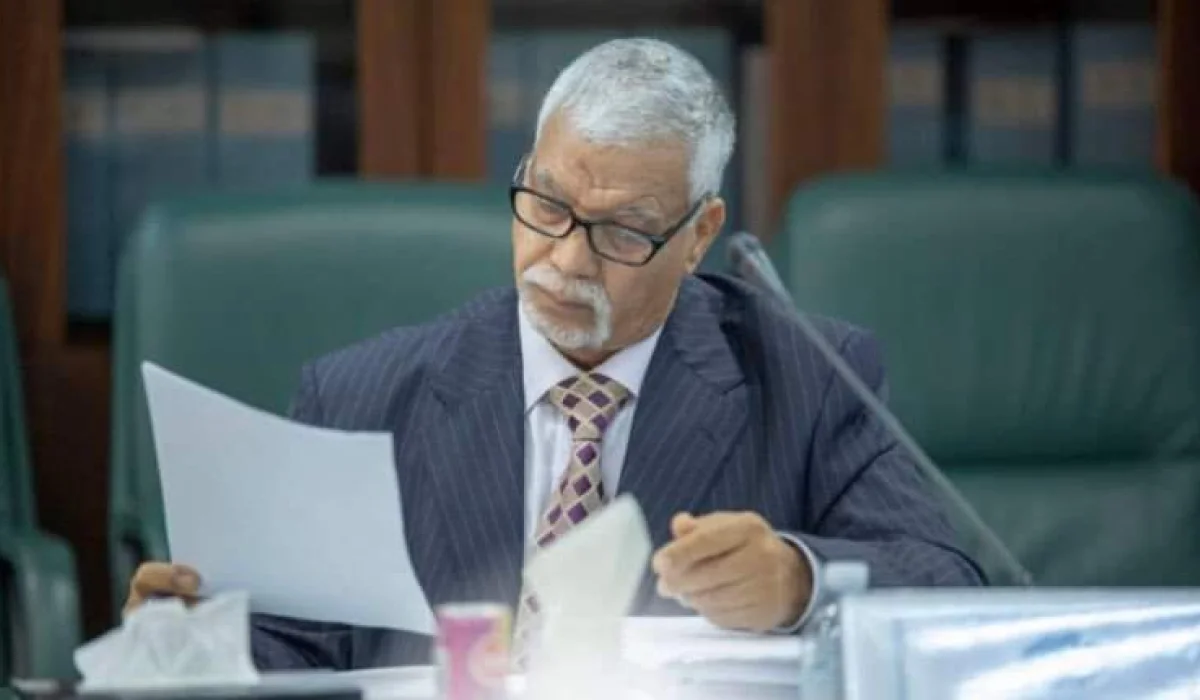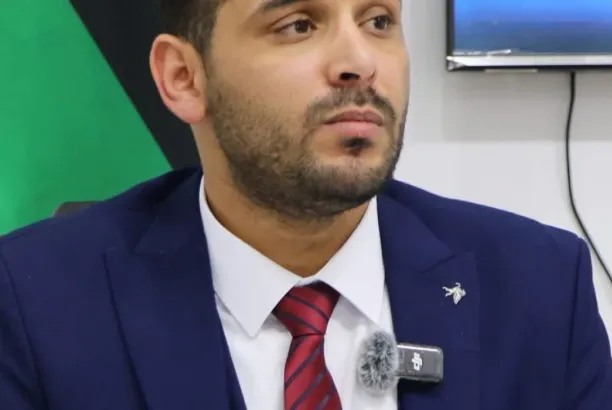
| Economic articles
Ibrahim Wali: “The Decline of the Dinar’s Exchange Rate and the Fall in Oil Prices”
The economic expert Ibrahim Wali wrote the following article: In this post, I was going to speak about the role of domestic public debt, amounting to (200) billion Libyan dinars, and its role in Libya’s economic life as a tool of fiscal policy and as a means to cover the deficit in the general budget, amidst declining public revenues — whether oil or tax revenues — to face public expenditures, especially developmental and investment expenditures that help raise the living standard of the Libyan citizen, through financial and economic policies and plans adopted for this purpose.
However, my pen unintentionally led me to the same old-new problem that refuses to leave us — unless those who caused and carried it out leave — and that is the issue of the deterioration of the national currency’s exchange rate against the dollar and the sharp decline in oil prices.
- The main problem lies in the significant gap between the official exchange rate of the dollar and the parallel market rate. As long as this gap exists, it encourages the presence of speculative traders, who — according to economic experts — are essentially supporting the parallel market, the sworn enemy of the Central Bank. (Have you ever seen someone funding his own enemy?) As a result, the Central Bank cannot defend the national currency, and it remains stockpiled on worthless carts as if it were produce in a vegetable market, right under the Central Bank’s walls.
And how could it not be, when a speculator obtains a $10,000 card in the morning from the Central Bank, then sells it on the parallel market in the evening for a profit of 7% to 8%? If this operation is repeated ten times, the profit soars to 300%! Some even get more than 50 cards — so imagine their profit from this process.
Despite the fact that the Central Bank of Libya has recently opened many letters of credit and is currently issuing funds via personal use cards, etc., the dollar exchange rate has surpassed 7 dinars, and will reach 10 dinars if this miserable situation continues. The Central Bank has adopted these erroneous policies, assuming they would raise the value of the Libyan dinar against the dollar.
Thus, the large gap between the official and parallel exchange rates is what led to the emergence of currency speculators, opening wide doors to corruption, smuggling, and theft.
These flawed policies, adopted by successive governments, have resulted in failure and mismanagement of spending, along with widespread theft and smuggling. All these negative outcomes have created imbalances in all policies — political, economic, monetary, and fiscal.
For example: in 2010, salary expenditures ranged between 8 to 9 billion, and then rose to 25 billion, and today they amount to 65 billion.
Let’s look at the size of general budgets:
In 2017, the largest budget in Libya’s history was 70 billion dinars, which caused a media uproar, and the dollar’s exchange rate then hit 10 dinars.
In 2018, when fees were imposed on foreign currency, it was a positive move for the government and helped solve a large part of the issues we suffered from between 2015–2019 — the lean years when we had no liquidity, failed to pay salaries for more than 7 months, and paid out children’s allowances, spousal support, and girls’ bonuses through temporary patchwork solutions.
By 2023, we were talking about a general budget of 125 billion dinars in public spending, 84% of which was consumption expenditure — another serious issue brought upon us by this government.
And today, in April 2025, what I warned about in my post dated 19/2/2024 has come true — and here is the exact quote:
“I warn this government, the House of Representatives, and the Central Bank of Libya: if these flawed policies continue, Libya will witness a serious and real deficit when the price of oil drops below $72 per barrel — and this is not just my opinion, but that of many experts in the field.”
Now, this month, there has been a sharp drop in oil prices, with Brent crude falling to $66 per barrel, its lowest level in years, due to the trade war led by the United States and other global tensions.
Accordingly, we must prepare for this year, 2025, to face this potential deficit or — God forbid — economic collapse, amid the absence of monetary and fiscal policies and accompanying reforms.
Monetary and fiscal policies cannot succeed without parallel development in infrastructure, investment, establishment of small and medium enterprises, activation of sovereign institutions, and more. I spoke about this in my post titled “The Libyan Economic Crisis and How to Overcome It” dated 28/11/2024 for those who wish to review it.
We urgently need a unified Prime Minister across all of Libya, who has a wise mindset, loyal first to God and to the nation, belongs to all Libyans, is up to the responsibility, includes experts from all fields, and — as the saying goes — gives “the bread to the baker.” We need clear and continuous reforms, amending the legal status of the Central Bank of Libya, reforming the banking sector, separating authorities and responsibilities (monetary, financial, commercial), opening interbank clearing — in addition to accompanying reforms that are essential to improving the lives of ordinary Libyans and their standard of living. These include granting loans to establish small and medium enterprises and issuing all types of loans — real estate, agricultural, and industrial — which would help absorb unemployment, currently at around 40% in Libya.
Only then will the Libyan dinar regain its strength and standing as a national currency, hopefully returning to its true equilibrium value.
These potential positive effects also include increased government revenues, reduced budget deficits, and enhanced participation.





